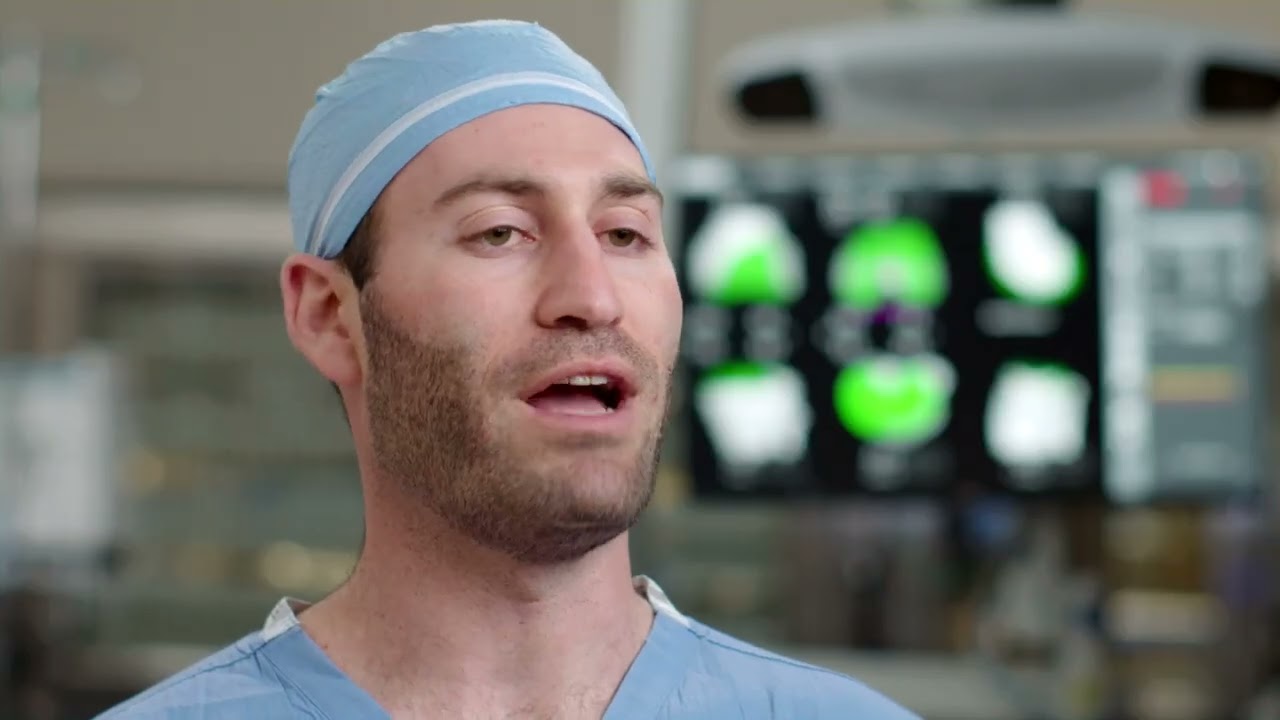Patient Resources
Videos, educational downloads, blogs, patient stories and more!
Filter by:
All Topics
All Topics
Arm & Elbow
Elbow
Foot & Ankle
General
Hand
Hand & Wrist
Hip
Hip Preservation
Imaging
Interventional Pain Solutions
Joint Replacement
Knee
Neck & Spine
Orthopedic Oncology
Orthopedic Trauma
Patient Story
Physical Therapy
Shoulder
Spine
Sports Medicine
Workers Compensation
Wrist
All Providers
All Providers
E. Taylor Abel, MD
Amit O. Agarwala, MD
Jon-Michael Caldwell, MD
Aaron Casp, MD
Jesse Chrastil, MD
Pete Deol, DO
Bharat M. Desai, MD
Michael Ellman, MD
Jared Foran, MD
Douglas Foulk, MD
John M. Froelich, MD
Michael A. Fuller, DO
Peter Gold, MD
Charles A. Gottlob, MD
Leonid Grossman, MD
Daniel Haber, MD
Michael N. Horner, DO
Ronald R. Hugate, MD
Mitchell John II, MD
James T. Johnson, MD
Ravand Sam Khazai, MD
Jeremy R. Kinder, MD
Peter N. Lammens, MD
Michael Lersten, MD
Sameer J. Lodha, MD
Lonnie E. Loutzenhiser, MD
Patrick J. McNair, MD
Roger E. Murken, MD
Nimesh B. Patel, MD
Mark Robinson, MD
Mitchel S. Robinson, MD
David Schneider, MD
Joshua Shapiro, MD
William Travis Stoll, MD
William Teachey, M.D.
Todd F. VanderHeiden, MD
Todd M. Wente, MD
Douglas C. Wong, MD
All Resource Types
All Resource Types
Article
Guidebook
Video
Filter by:
All Topics
All Topics
Arm & Elbow
Elbow
Foot & Ankle
General
Hand
Hand & Wrist
Hip
Hip Preservation
Imaging
Interventional Pain Solutions
Joint Replacement
Knee
Neck & Spine
Orthopedic Oncology
Orthopedic Trauma
Patient Story
Physical Therapy
Shoulder
Spine
Sports Medicine
Workers Compensation
Wrist
All Providers
All Providers
E. Taylor Abel, MD
Amit O. Agarwala, MD
Jon-Michael Caldwell, MD
Aaron Casp, MD
Jesse Chrastil, MD
Pete Deol, DO
Bharat M. Desai, MD
Michael Ellman, MD
Jared Foran, MD
Douglas Foulk, MD
John M. Froelich, MD
Michael A. Fuller, DO
Peter Gold, MD
Charles A. Gottlob, MD
Leonid Grossman, MD
Daniel Haber, MD
Michael N. Horner, DO
Ronald R. Hugate, MD
Mitchell John II, MD
James T. Johnson, MD
Ravand Sam Khazai, MD
Jeremy R. Kinder, MD
Peter N. Lammens, MD
Michael Lersten, MD
Sameer J. Lodha, MD
Lonnie E. Loutzenhiser, MD
Patrick J. McNair, MD
Roger E. Murken, MD
Nimesh B. Patel, MD
Mark Robinson, MD
Mitchel S. Robinson, MD
David Schneider, MD
Joshua Shapiro, MD
William Travis Stoll, MD
William Teachey, M.D.
Todd F. VanderHeiden, MD
Todd M. Wente, MD
Douglas C. Wong, MD
All Resource Types
All Resource Types
Article
Guidebook
Video


